Pulse transformers operate in a direct current (DC) mode, meaning that the flux density may meet but does not cross zero. A common application for pulse transformers is the coupling of a load resistance to a source of pulsed power. Read More…
With more than 500 current transformer manufacturers in the world, Triad Magnetics realizes you have a choice. Why choose Triad? Having served the needs of many industries for more than half a century, Triad believes its experience makes the difference. And if there is one point experience has taught it, it is that it must remain flexible and adaptable to the changing needs of the market.

Lenco Electronics, Inc. specializes in a wide variety of custom electric transformers. Lenco’s success has not come about by accident, but by providing its customers with high-quality products.

Bicron Electronics specializes in high efficiency toroidal transformers up to 10KVA with safety recognitions from UL, CSA, VDE, TUV and IEC as well as high frequency transformers up to 10MHz for isolation, gate drive, pulse and switch mode functions. Bicron is ISO 9001:2000 certified.

We design and manufacture Toroidal Transformers, Inductors and Current Transformers in Connecticut, USA and Asia. Certified to UL/CSA/IEC/EN. CE marking. Applications from lighting to medical devices. Customers served Worldwide. For High Frequency Magnetics, visit our affiliate www.Induktorusa.com

ISO 9001:2000 registered Sun Transformer creates custom transformers optimized for the needs of many industries. Large power, isolation & auto transformers, printed circuit mount power transformers, units for hostile conditions, units with ferrite or nickel cores for digital telecommunications use, etc.

More Pulse Transformer Manufacturers
An example of this application would be radar transmitters, which typically employ an output power tube like a magnetron that requires high voltages and high impedance, or electric resistance, levels.
Small versions of pulse transformers create the electrical surges that are often used in telecommunication and detail logic applications such as camera flashes, radar equipment and particle acceleration. Medium-sized versions of pulse transformers are used in electronic circuit applications. Pulse transformers are used for the digitization of computers, measuring devices and pulse communication. Large versions of pulse transformers are used in the electrical power distribution industry in order to create a common boundary between low-voltage control circuitry and high-voltage gates of power semiconductors.
Pulse transformers are used to interface a pulse forming network (PFN) and a load. They ensure that the electrical resistance of the load is matched to the PFN in order to maximize power-transfer efficiency. Pulse forming networks (PFNs) work by collecting electrical energy over a rather long period of time and then discharge this stored energy rapidly as a short-duration, relatively-square pulse. Typically consisting of an input winding, an output winding and a core structure made from ferromagnetic materials, pulse transformers transfer electrical energy in the form of pulses from the PFN through the input winding to the output winding and into the load.
Power transformers generally operate at high frequencies that require low loss cores made from ferromagnetic material. There are two main types of pulse transformers: power and signal. Power pulse transformers are turned on and off using a switching device at an operational frequency and pulse duration that ensures the pulse transformer receives the required amount of power. As a result of controlling the power, the temperature of the pulse transformer is also controlled. Additionally, the pulse transformer provides electrical insulation between the input winding and the output winding.
Signal pulse transformers handle relatively low amounts of power and deliver a series of pulses, or signals. This type of pulse transformer mainly concentrates on the delivery of a signal at the output winding. Also, a signal pulse transformer can use its turns ratio to adjust signal amplitude and provide electrical resistance between the source and the load.






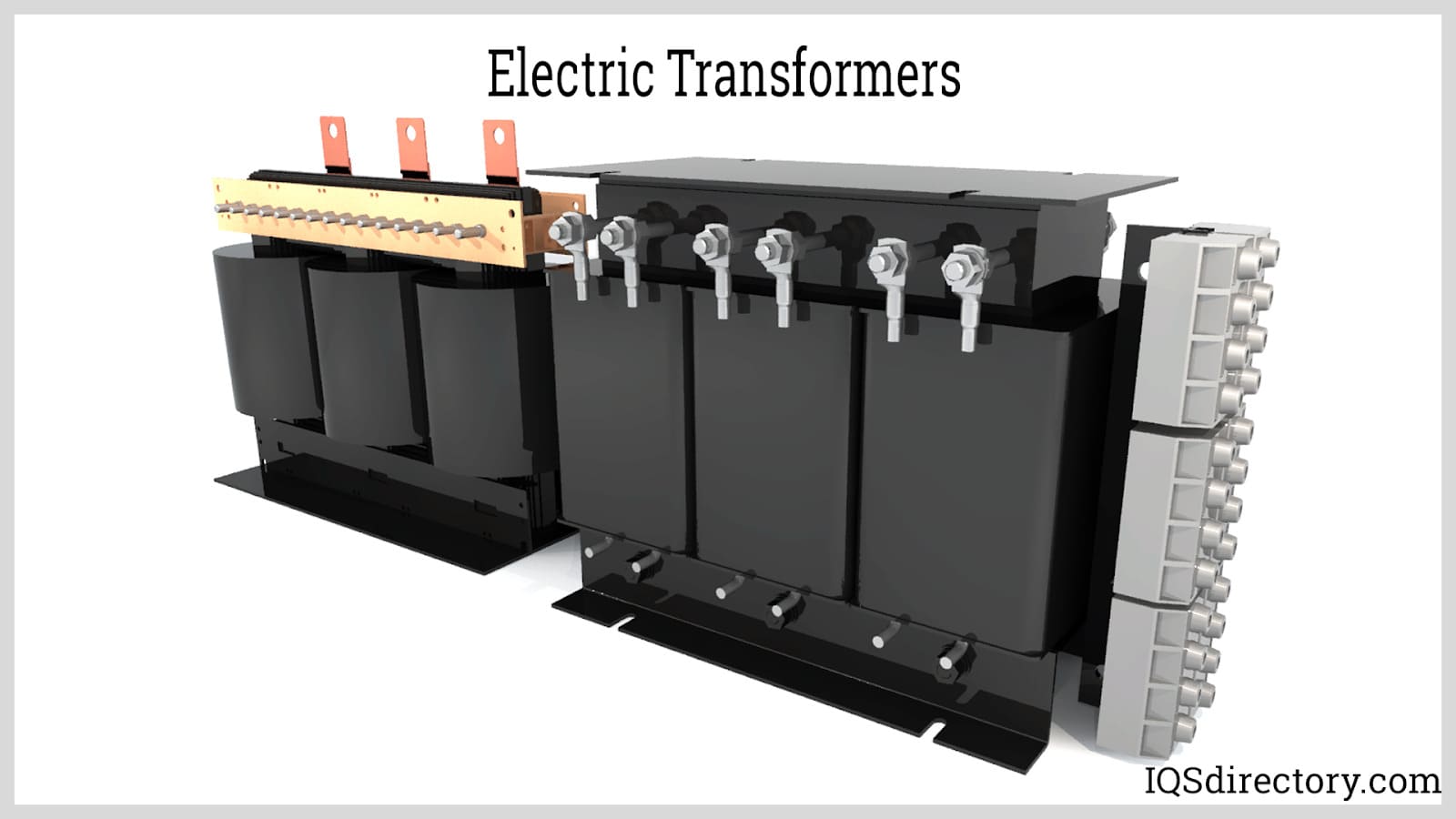
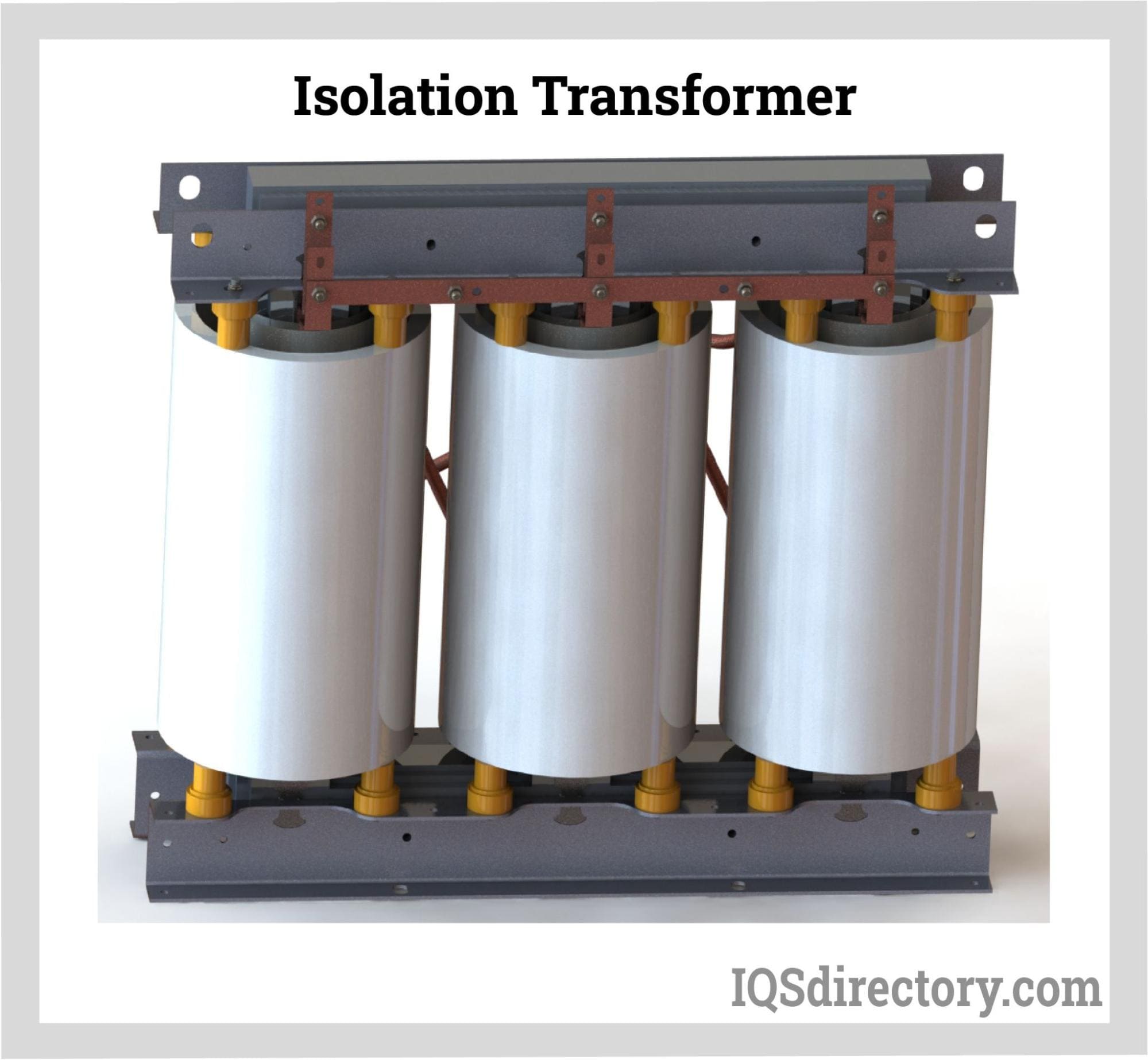
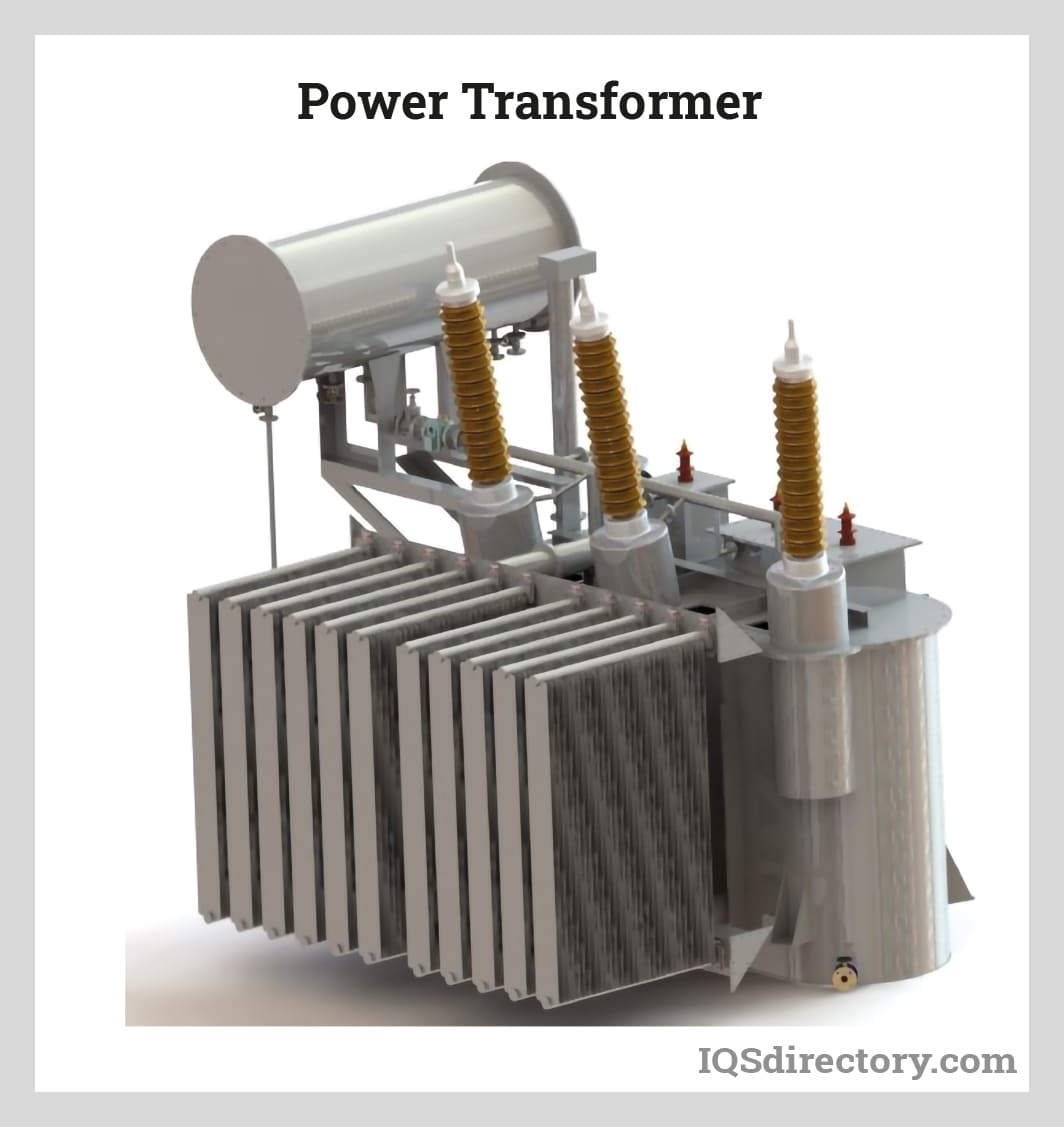
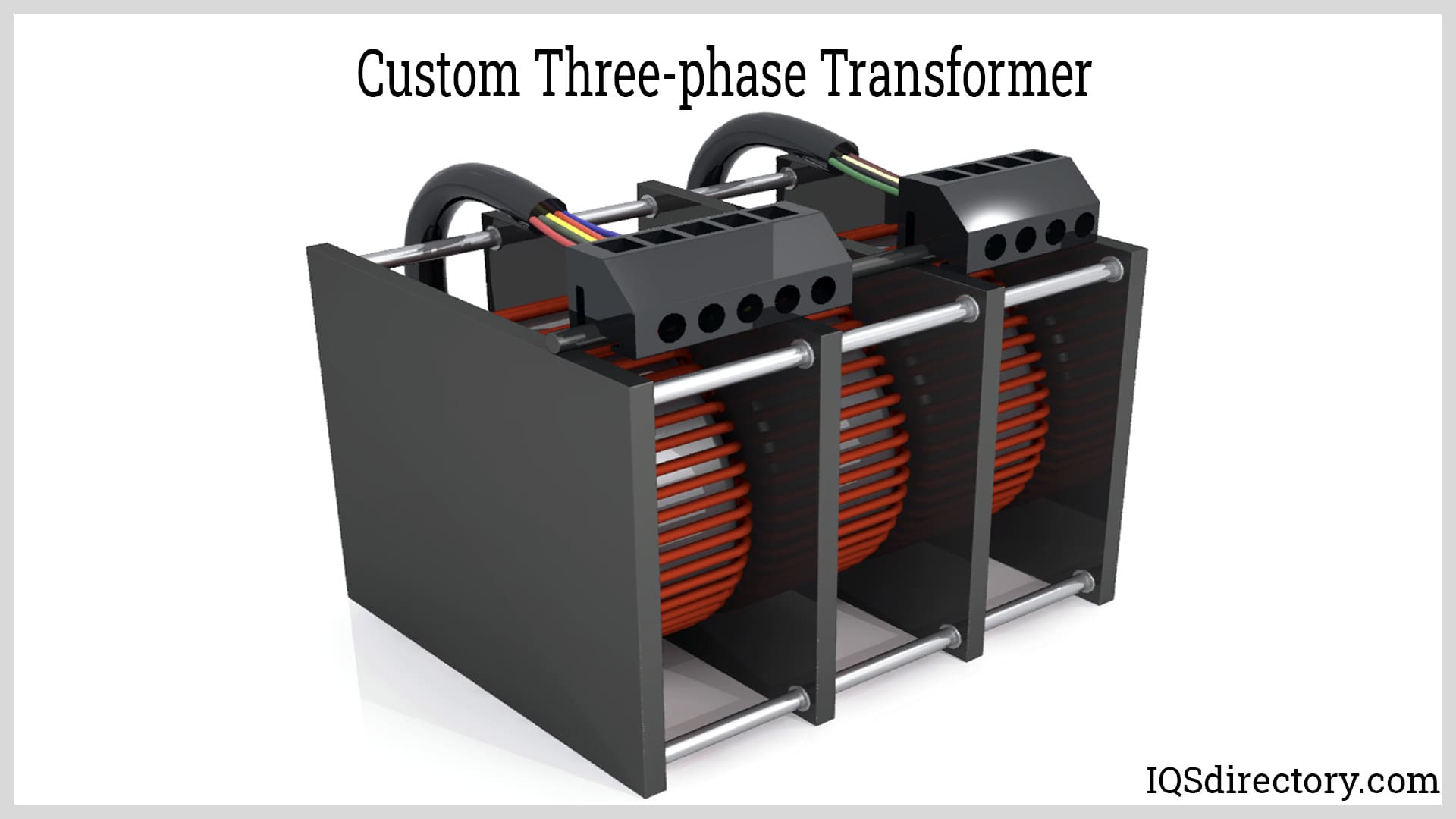
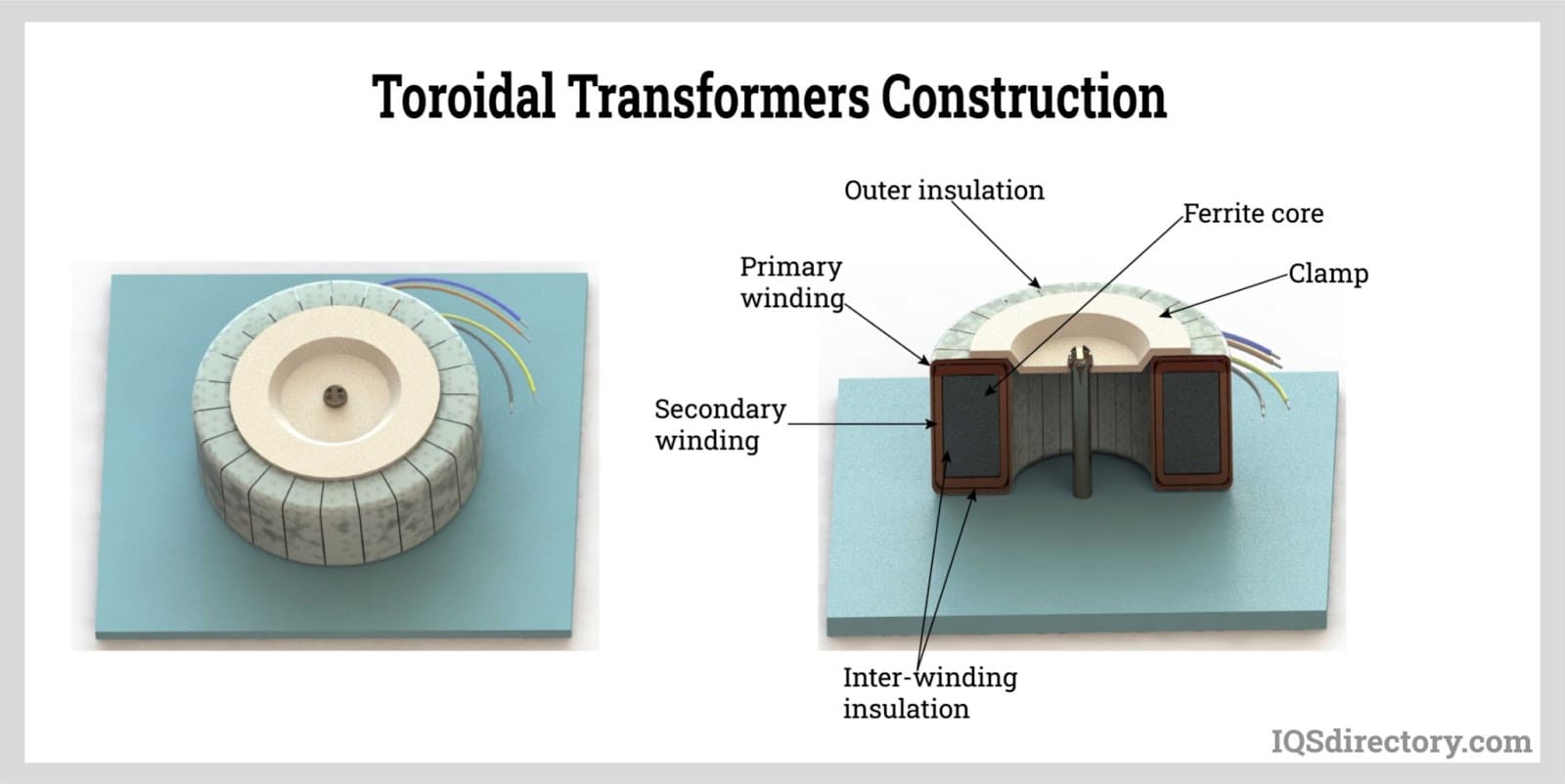

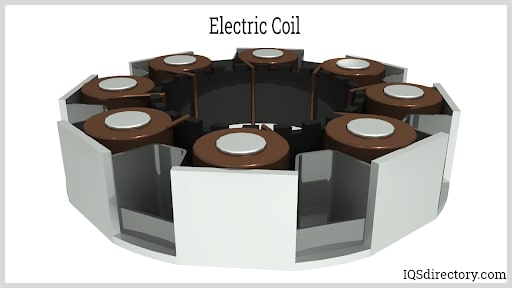
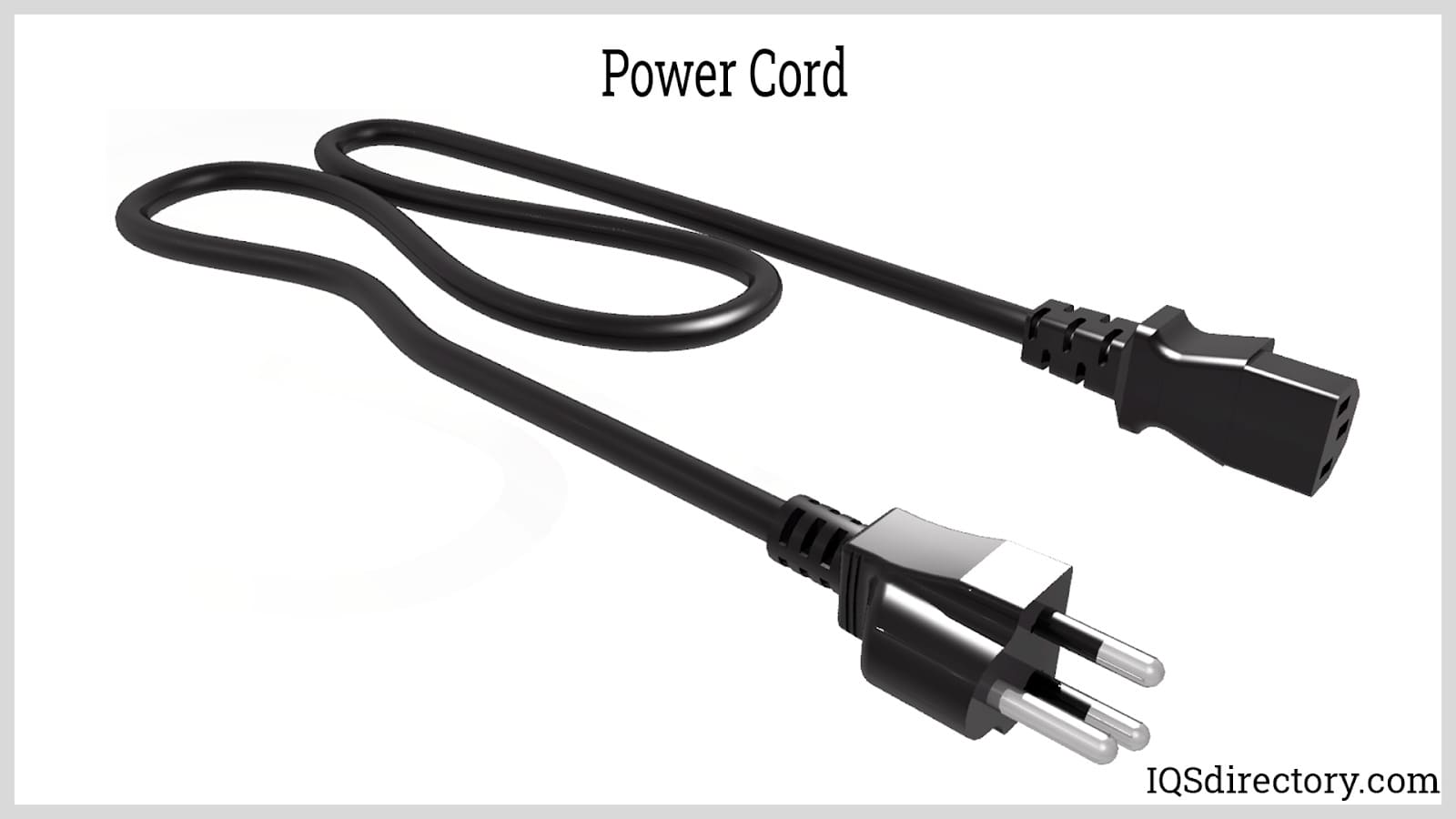
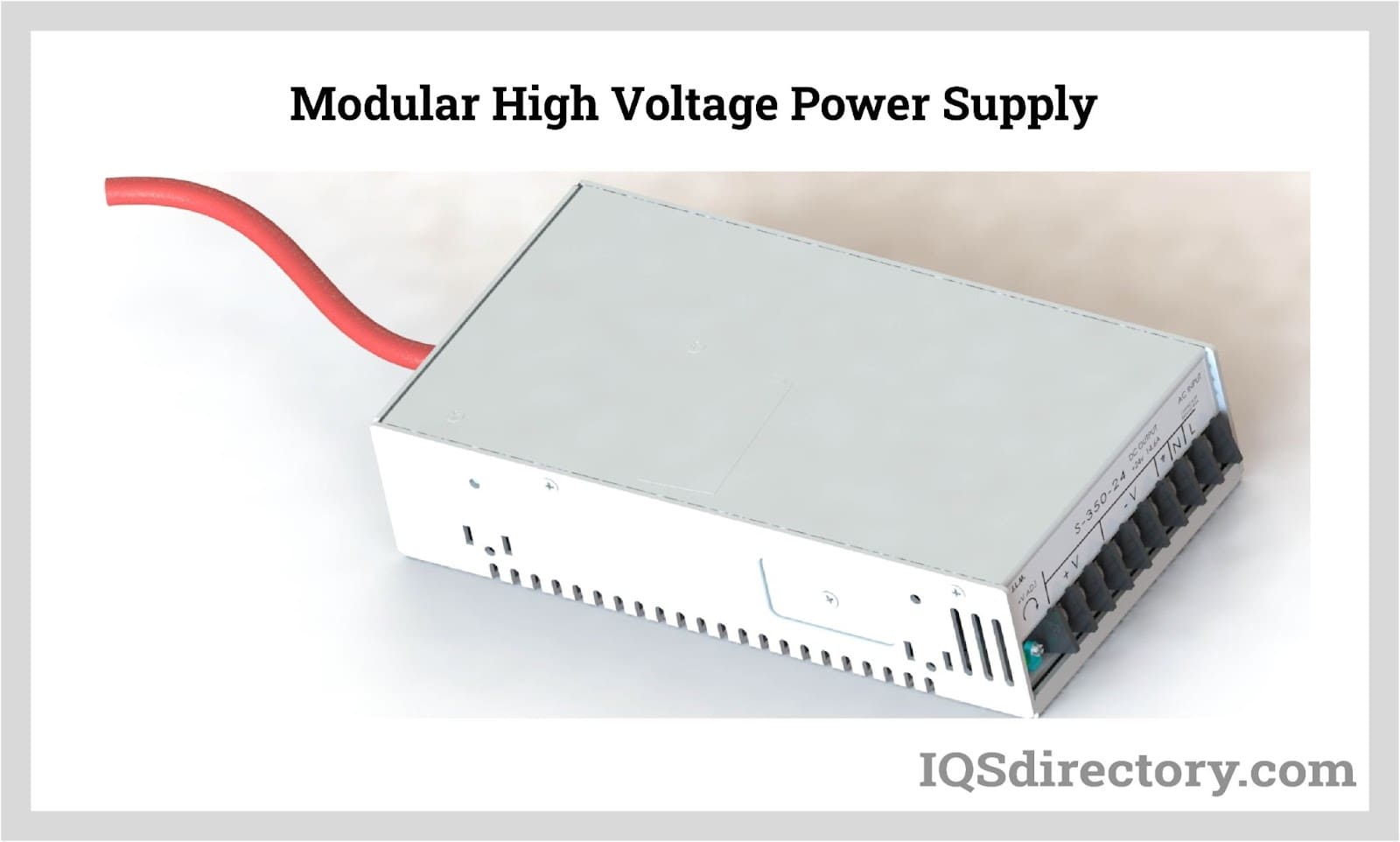
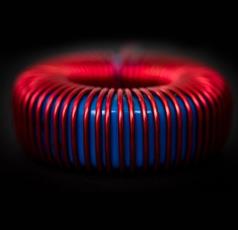 Electric Coils
Electric Coils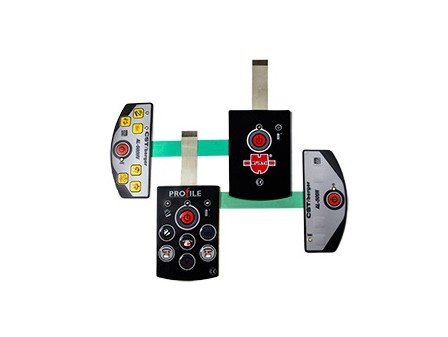 Electric Switches
Electric Switches Electric Transformers
Electric Transformers Electronic Connectors
Electronic Connectors Electronic Enclosures
Electronic Enclosures EMI Shielding
EMI Shielding Membrane Switches
Membrane Switches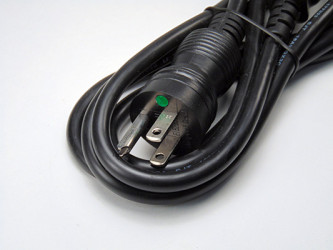 Power Cords
Power Cords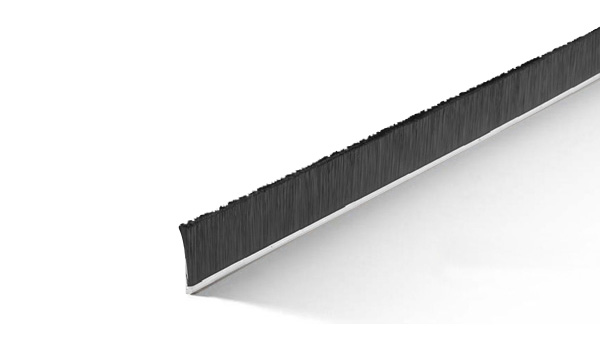 Static Eliminators
Static Eliminators Castings & Forgings
Castings & Forgings Bulk Material Handling
Bulk Material Handling Electrical & Electronic Components
Electrical & Electronic Components Flow Instrumentation
Flow Instrumentation Hardware
Hardware Material Handling Equipment
Material Handling Equipment Metal Cutting Services
Metal Cutting Services Metal Forming Services
Metal Forming Services Metal Suppliers
Metal Suppliers Motion Control Products
Motion Control Products Plant & Facility Equipment
Plant & Facility Equipment Plant & Facility Supplies
Plant & Facility Supplies Plastic Molding Processes
Plastic Molding Processes Pumps & Valves
Pumps & Valves Recycling Equipment
Recycling Equipment Rubber Products & Services
Rubber Products & Services